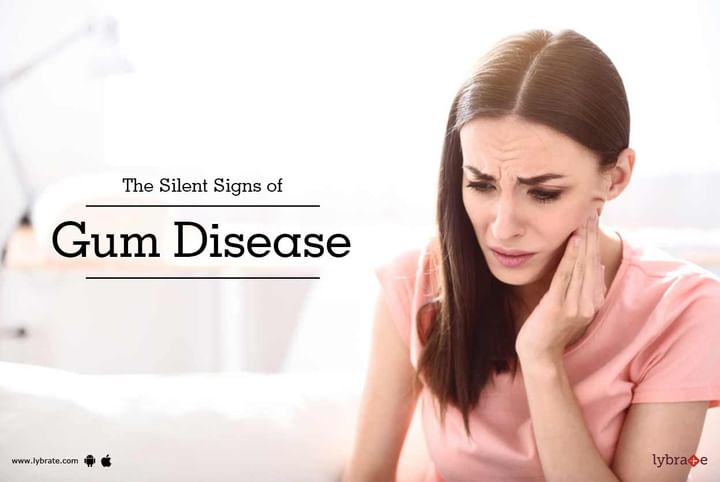The Silent Signs of Gum Disease
Overall oral health consists of health of both the soft and the hard tissues in the mouth. While teeth are the hard tissues, the soft tissues include the lips, tongue, cheek, palate, and most importantly the gums. The gums or the periodontium (perio - around, dont - tooth) surrounds the tooth and provides nutritional support and structural support with its connective tissue. The gums are the unsung heroes in maintaining a healthy set of teeth.
It is common observation that dental decay is more attended to than gum disease. The symptoms associated with decay, be it discoloration, food lodgment, sensitivity, and sometimes pain are a lot more demanding.
The bad news is that the same bacteria have a harmful effect on the gums too. The good news is that gum disease also (like tooth decay), takes time to develop. The bacteria in the mouth and the plaque are the main initiators of gum disease too. It is more innocuous and not immediately attended to, sometime even gets ignored for years until it become severe and mandates treatment. Certain medical conditions like pregnancy, diabetes, stroke, etc., lead to greater severity of the gum disease.
Chronic gum or periodontal disease, if left untreated, can even lead to multiple tooth loss and require dentures much earlier than required. It is not difficult to diagnose gum disease as the symptoms are quite easy to identify, including
- Red, swollen, or painful gums: As with any infection, redness and swelling and pain are the first symptoms of gum disease too.
- Spontaneous bleeding of gums: The gums can look spongy and puffed and can sometimes bleed without even a touch
- Chronic bad breath: The bacteria are constantly acting on the food debris to produce acid, leading to a bad breath (halitosis)
- Pressure on the gums can produce pus: Cumulative infection can lead to gingival abscess
- Bad taste in the mouth: If there is an abscess, it will discharge pus into the mouth, leading to this metallic taste
- Gingival recession, where the tooth appears to have grown longer. The gum line recedes from its original place, exposing more of the tooth. This also causes greater sensitivity, especially to hot or cold foods
- Slight loosening of the teeth (in severe cases) as the fibers loosen their hold around the tooth.
- Painful chewing, it puts extra pressure on the fibers of the periodontium.
Some people are more prone for gum disease than others. The risk factors include smoking, increased
female hormones, and chronic illnesses like diabetes and cancer.
Management: Regular visits to the dentist can help identify these at an early stage and manage both progression and severity. Additionally, managing risk factors like smoking and chronic illnesses also is helpful.



+1.svg)
